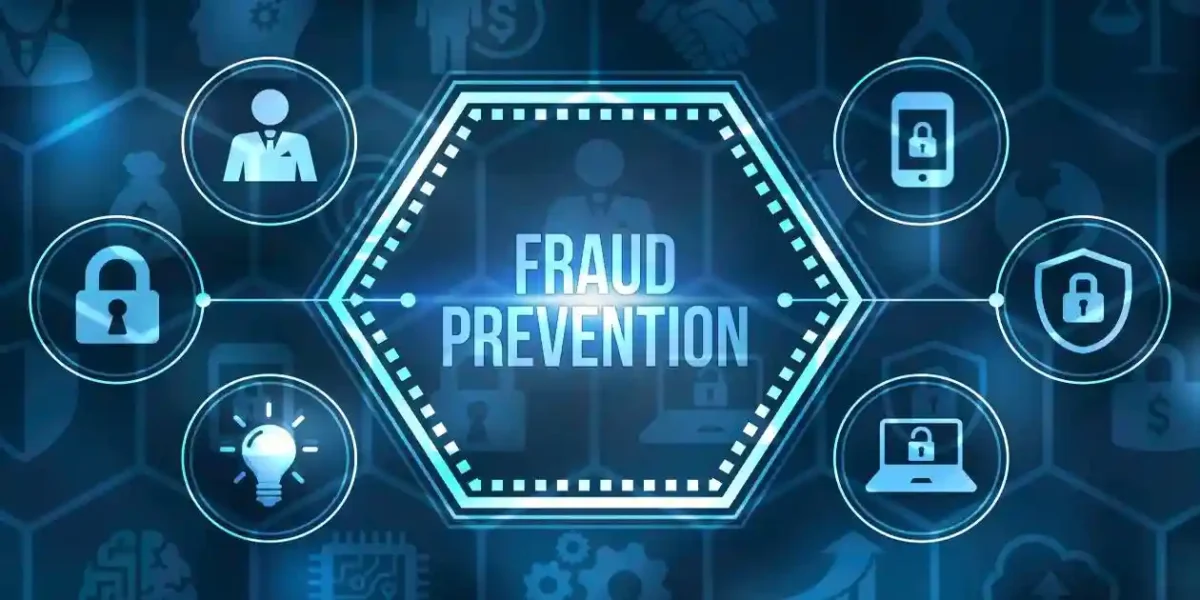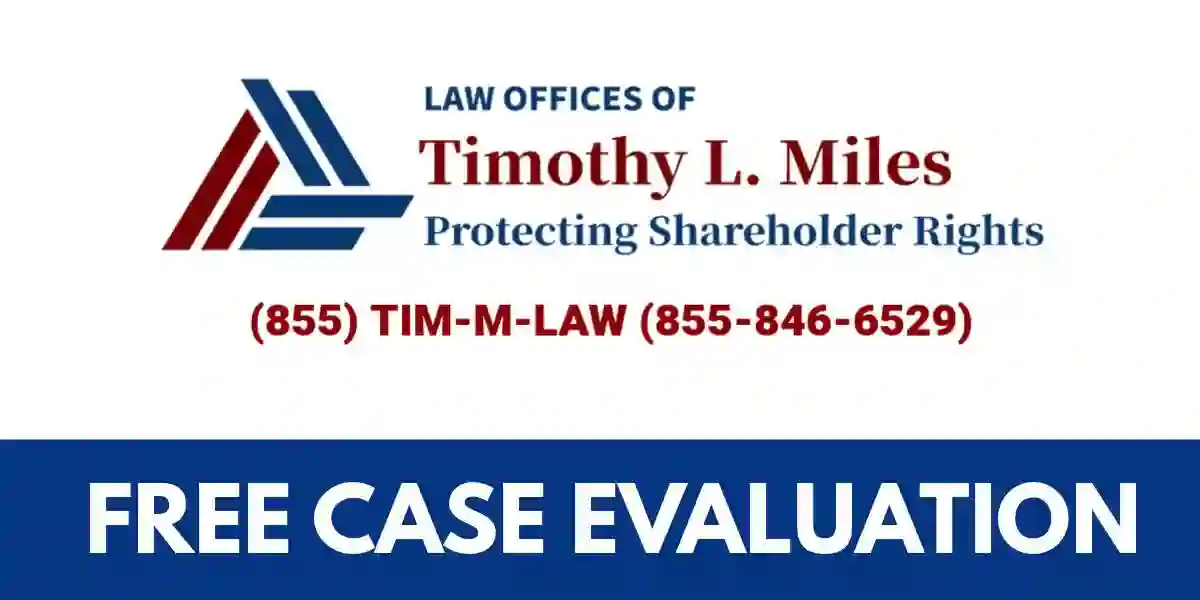Introduction to Mastering Internal Controls
- Internal Controls: Internal controls are processes designed to provide reasonable assurance that an organization achieves its objectives related to operations, financial reporting, and compliance. They are implemented by management and all employees and function through five key components: control environment, risk assessment, control activities, information and communication, and monitoring activities. These controls can be categorized as preventative, which stop errors before they happen, or detective, which identify errors after they occur.
Understanding Internal Controls and Their Importance
- In the rapidly evolving business landscape of 2025, internal controls have become more critical than ever. Internal controls are processes and procedures implemented by an organization to safeguard its assets, ensure the accuracy of financial records, and promote operational efficiency. They serve as the foundation for preventing errors and fraud, thus preserving the integrity and reliability of financial information.
- The importance of these controls cannot be overstated. Effective internal controls help organizations achieve their objectives by mitigating risks and ensuring compliance with laws and regulations. They provide a framework that supports the organization’s goals, enhancing decision-making and accountability. Well-established internal controls can also improve operational efficiency by streamlining activities and reducing waste.
- For any organization, mastering internal controls is not just about compliance but also about creating a culture of transparency and trust. This is vital for building strong relationships with stakeholders, including investors, regulators, and customers. By prioritizing internal controls, you can strengthen your organization’s reputation and ensure long-term success.
The Relationship Between Internal Controls and Accounting Fraud
- Accounting fraud poses significant risks to any organization, and internal controls are your first line of defense against such threats. Internal controls help detect and prevent fraudulent activities by implementing strict checks and balances. When these controls are weak or absent, the likelihood of accounting fraud increases, potentially leading to financial losses and reputational damage.
- One of the primary ways internal controls combat accounting fraud is through segregation of duties. This involves dividing responsibilities among different individuals to reduce the risk of errors or fraud. For example, separating the roles of authorization, custody, and record-keeping ensures that no single individual has complete control over any transaction. This division creates a system of checks and balances that can detect irregularities.
- Moreover, regular audits and reconciliations are crucial components of internal controls that help identify discrepancies in financial records. By conducting routine checks, organizations can quickly spot and address anomalies before they escalate into significant issues. In essence, robust internal controls act as a deterrent to fraud and ensure the accuracy of financial statements, thereby protecting your organization.
Key Components of Effective Internal Controls
To implement effective internal controls, you must understand their key components. These components form the backbone of a reliable internal control system, ensuring it functions as intended. They include the control environment, risk assessment, control activities, information and communication, and monitoring.
- Control Environment: This sets the tone for the organization and influences the control consciousness of its people. It includes the integrity, ethical values, and competence of the organization’s employees. A strong control environment is essential for fostering a culture of compliance and accountability.
- Risk Assessment: Identifying and analyzing risks is crucial in designing appropriate controls. Risk assessment involves evaluating the potential for events that could negatively impact the organization and determining the likelihood and impact of such events.
- Control Activities: These are the policies and procedures that ensure management’s directives are carried out. Examples include approvals, authorizations, verifications, reconciliations, and performance reviews. Control activities are essential for addressing risks and achieving the organization’s objectives.
- Information and Communication: Effective internal controls require timely and accurate information. Communication ensures that relevant information is identified, captured, and communicated in a form and timeframe that enables employees to carry out their responsibilities.
- Monitoring: Regular monitoring of internal controls is necessary to ensure they remain effective. This involves ongoing evaluations and periodic assessments to detect and correct any deficiencies. Monitoring provides assurance that the internal control system is functioning as intended.
By focusing on these components, you can establish a robust internal control system that supports your organization’s goals and mitigates risks effectively.
The Role of Internal Controls in Corporate Governance
- Corporate governance refers to the system by which companies are directed and controlled. Internal controls play a vital role in corporate governance by ensuring transparency, accountability, and integrity in business operations. They provide a framework for decision-making and help align the interests of management with those of stakeholders.
- An effective internal control system supports corporate governance by promoting ethical behavior and compliance with laws and regulations. This fosters trust and confidence among stakeholders, including investors, regulators, and the public. By ensuring the accuracy and reliability of financial reporting, internal controls contribute to informed decision-making, which is crucial for the organization’s success.
- Furthermore, internal controls facilitate the board of directors’ oversight responsibilities. They provide the information necessary for the board to evaluate the organization’s performance and ensure that management is acting in the best interests of stakeholders. By strengthening corporate governance, internal controls help protect the organization’s reputation and ensure its long-term sustainability.
Internal Controls and Securities Litigation: What You Need to Know
- Securities litigation often arises from allegations of financial misstatements or fraud, making internal controls a critical factor in defending against such claims. Strong internal controls can help prevent securities litigation by ensuring the accuracy and completeness of financial disclosures. They provide a framework for detecting and correcting errors before they result in material misstatements.
- In the event of securities litigation, demonstrating that your organization has implemented effective internal controls can be a powerful defense. Internal controls can provide evidence that the organization exercised due diligence in preparing its financial statements. This can help mitigate potential penalties and protect the organization’s reputation.
- Moreover, regulatory bodies like the Securities and Exchange Commission (SEC) place significant emphasis on internal controls when evaluating compliance with financial reporting requirements. Ensuring that your organization has a robust internal control system can help avoid regulatory scrutiny and reduce the risk of enforcement actions. In this way, internal controls serve as both a preventive measure and a defense mechanism in securities litigation.
Best Practices for Implementing Strong Internal Controls
Implementing strong internal controls requires a strategic approach that considers the organization’s unique needs and risks. By following best practices, you can establish a robust control system that supports your organization’s objectives and mitigates risks effectively.
- Conduct a Risk Assessment: Begin by identifying and assessing the risks your organization faces. This will help you prioritize areas where internal controls are most needed and allocate resources accordingly.
- Establish Clear Policies and Procedures: Develop and document policies and procedures that outline the organization’s internal control framework. Ensure that these are communicated to all employees and regularly reviewed for effectiveness.
- Segregate Duties: Divide responsibilities among different individuals to reduce the risk of errors or fraud. This involves separating authorization, custody, and record-keeping functions to create a system of checks and balances.
- Implement Regular Monitoring and Audits: Conduct routine audits and assessments to evaluate the effectiveness of internal controls. This helps identify any deficiencies and allows for timely corrective action.
- Foster a Culture of Compliance: Encourage ethical behavior and compliance with laws and regulations throughout the organization. This involves providing training and resources to employees to ensure they understand their roles and responsibilities.
By adopting these best practices, you can create a culture of accountability and transparency, strengthening your organization’s internal controls and supporting its long-term success.
Common Challenges in Maintaining Internal Controls
- Despite their importance, maintaining effective internal controls can be challenging. Organizations often face obstacles that hinder the implementation and effectiveness of their control systems. Understanding these challenges is crucial to overcoming them and ensuring the success of your internal controls.
- One common challenge is the lack of resources. Implementing and maintaining internal controls requires time, money, and personnel, which can strain an organization’s resources. To address this, prioritize high-risk areas and allocate resources accordingly. Consider leveraging technology to automate routine processes and improve efficiency.
- Another challenge is resistance to change. Employees may be reluctant to adopt new procedures or technologies, especially if they are accustomed to existing practices. To overcome this, communicate the benefits of internal controls and provide training to ensure employees understand their importance. Involve employees in the development and implementation process to gain their buy-in and support.
- Finally, evolving risks and regulatory requirements can pose challenges to maintaining internal controls. Organizations must stay informed of changes in the business environment and adapt their controls accordingly. Establish a process for regularly reviewing and updating internal controls to ensure they remain effective in addressing new risks and compliance requirements.
Case Studies: Internal Control Failures and Lessons Learned
Examining case studies of internal control failures can provide valuable insights into the consequences of weak controls and the lessons that can be learned. These cases highlight the importance of maintaining strong internal controls and the potential risks of neglecting them.
Case Study 1: Enron Corporation
The collapse of Enron Corporation is a well-known example of internal control failure. The company engaged in complex financial transactions to hide debt and inflate profits, leading to one of the largest accounting scandals in history. The failure of Enron’s internal controls allowed these fraudulent activities to go undetected, ultimately resulting in the company’s bankruptcy.
Lessons Learned:
- The importance of transparency and accurate financial reporting.
- The need for independent oversight and a strong audit committee.
- The value of ethical leadership in promoting a culture of compliance.
Case Study 2: Wells Fargo
Wells Fargo faced a significant internal control failure when it was discovered that employees had created millions of unauthorized accounts to meet sales targets. This scandal highlighted weaknesses in the bank’s internal controls and incentive structures, leading to regulatory fines and reputational damage.
Lessons Learned:
- The importance of aligning incentive structures with ethical behavior.
- The need for effective monitoring and oversight of employee activities.
- The significance of a strong control environment in preventing misconduct.
By learning from these case studies, you can identify potential weaknesses in your organization’s internal controls and take proactive steps to address them.
Future Trends in Internal Controls for 2025
As we look to the future, several trends are shaping the landscape of internal controls. Staying informed of these trends can help you prepare for the challenges and opportunities that lie ahead.
- Increased Use of Technology: Technology is playing an increasingly important role in internal controls. Automation, artificial intelligence, and data analytics are being used to enhance efficiency and accuracy. Organizations are leveraging these technologies to streamline processes, improve risk assessment, and detect anomalies.
- Focus on Cybersecurity: With the growing threat of cyberattacks, cybersecurity is becoming a critical component of internal controls. Organizations are investing in advanced security measures to protect sensitive information and prevent data breaches. This includes implementing robust access controls, encryption, and monitoring systems.
- Emphasis on ESG Factors: Environmental, social, and governance (ESG) factors are gaining prominence in the business world. Internal controls are being adapted to address ESG-related risks and ensure compliance with sustainability standards. This involves integrating ESG considerations into risk assessments and reporting frameworks.
By embracing these trends, you can enhance your organization’s internal controls and position it for success in the evolving business environment of 2025.
Conclusion: Strengthening Your Organization’s Internal Controls
- In conclusion, mastering internal controls is essential for safeguarding your organization’s assets, ensuring the accuracy of financial records, and promoting operational efficiency. By understanding the importance of internal controls and implementing best practices, you can mitigate risks and support your organization’s long-term success.
- As you navigate the challenges of maintaining internal controls, remember to prioritize high-risk areas, foster a culture of compliance, and stay informed of emerging trends. By doing so, you can create a robust internal control system that supports your organization’s goals and enhances its reputation.
- Call to Action: Take the first step towards strengthening your organization’s internal controls by conducting a comprehensive risk assessment. Identify areas where controls can be improved and develop a strategic plan to address potential weaknesses. By prioritizing internal controls, you can protect your organization’s future and ensure sustainable growth.
Contact Timothy L. Miles Today for a Free Case Evaluation
If you suffered substantial losses and wish to serve as lead plaintiff in a securities class action, or have questions about securities class action settlements, or just general questions about your rights as a shareholder, please contact attorney Timothy L. Miles of the Law Offices of Timothy L. Miles, at no cost, by calling 855/846-6529 or via e-mail at [email protected]. (24/7/365).
Timothy L. Miles, Esq.
Law Offices of Timothy L. Miles
Tapestry at Brentwood Town Center
300 Centerview Dr. #247
Mailbox #1091
Brentwood,TN 37027
Phone: (855) Tim-MLaw (855-846-6529)
Email: [email protected]
Website: www.classactionlawyertn.com
Facebook Linkedin Pinterest youtube
Visit Our Extensive Investor Hub: Learning for Informed Investors





